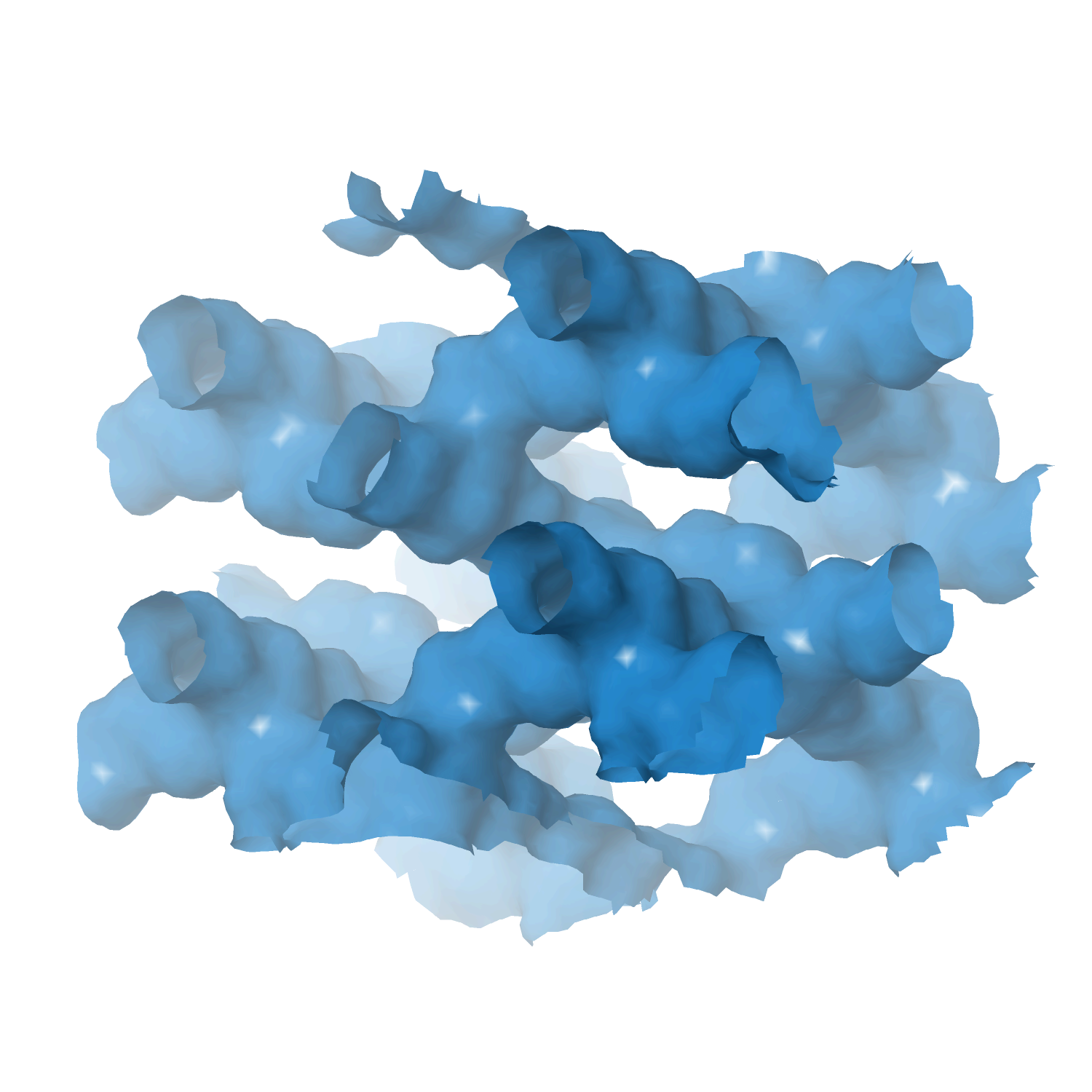Heterogeneous catalyst engineering ⇒ from stable and deactivation resistant to viable technical catalyst
Advances in heterogeneous catalyst “structure” are driven to improve their “function” or performance, i.e., activity, selectivity, and stability. Cooperative research is required to understand the structure and function relationships: developing new synthesis protocols for heterogeneous catalysts with unique surface properties, defined porosity, identification and understanding of catalytically active sites, reaction mechanisms, and finally, prediction and analysis of the processes using various computational tools.
Our group focuses on developing new catalyst formulations using innovative synthesis routes for various important heterogeneous catalysts. That includes thermal, electro, and bio-electro catalysis.
The active phase cannot be used directly in its final application or reactor for various reasons, including poor mechanical resistance, heat or mass transport, and fluidization features. We must mix the active phase with other ingredients in a matrix of binder and filler, while we shape it into a technical catalyst. We investigate new synthetic protocols for technical catalysis using spray drying and fluidized beds to cover the whole range of sizes. At the same time, we incorporate additional (unconventional) ingredients such as SiC to improve some features even further.
- Technical catalyst I ⇒ spray drying and extrusion
- Technical catalyst II ⇒ spray fluidized bed reactor
- Technical catalyst III ⇒ electrospinning
- Zeolite catalysts ⇒ with defined structure/porosity
- Multi-metal (high entropy) alloy catalysts
- MXene catalysts ⇒ single and multi-dimensional
- Perovskite catalysts
- Metal-organic framework (MOFs) catalysts
- Supported metal/metal-oxide catalysts
- Aerogel catalyst
Synthesis of Rh6(CO)16 in Supercages of Zeolite HY: Reaction Network and Kinetics of Formation from Mononuclear Rhodium Precursors via Rh4(CO)12 Facilitated by the Water Gas Shift Half Reaction
by
Fang, Valecillos, Conley, Chen, Castaño, Gates
J. Phys. Chem. C
Year:
2020
Abstract
Rh(I)(CO) 2complexes anchored to zeolite HY were converted into Rh4 (CO) 12 in the zeolite supercages upon exposure to flowing CO + H2 O at 35 °C, and the chemistry and kinetics were characterized with infrared spectroscopy. Rh6 (CO) 16
formed along with Rh4 (CO)12 , but only in low yield, although it is more stable than Rh4 (CO)12 . The formation of Rh6 (CO) 16 was hindered by trapping of Rh4 (CO) 12 in the supercages and by the low rate of transport of the mononuclear rhodium species.
However, exposure of the sample to wet helium at 80 °C caused the Rh4 (CO) 12 to fragment, generating anchored Rh(I)(CO) 2 and also Rh6 (CO)16 . IR spectra recorded under various conditions led to elucidation of the reaction network for cluster formation
and breakup and a strategy of repetitive treatments that boosted the yield of Rh6 (CO) 16 to >90%. The reversible formation and breakup of the rhodium carbonyl clusters were facilitated by the half-reactions of the water gas shift reaction, with gas-phase
products identified by mass spectrometry. The results show how understanding of the reactions within a zeolite allows control of the nuclearity of encaged metal clusters, an important class of catalyst.
Keywords
CO2
HCE
